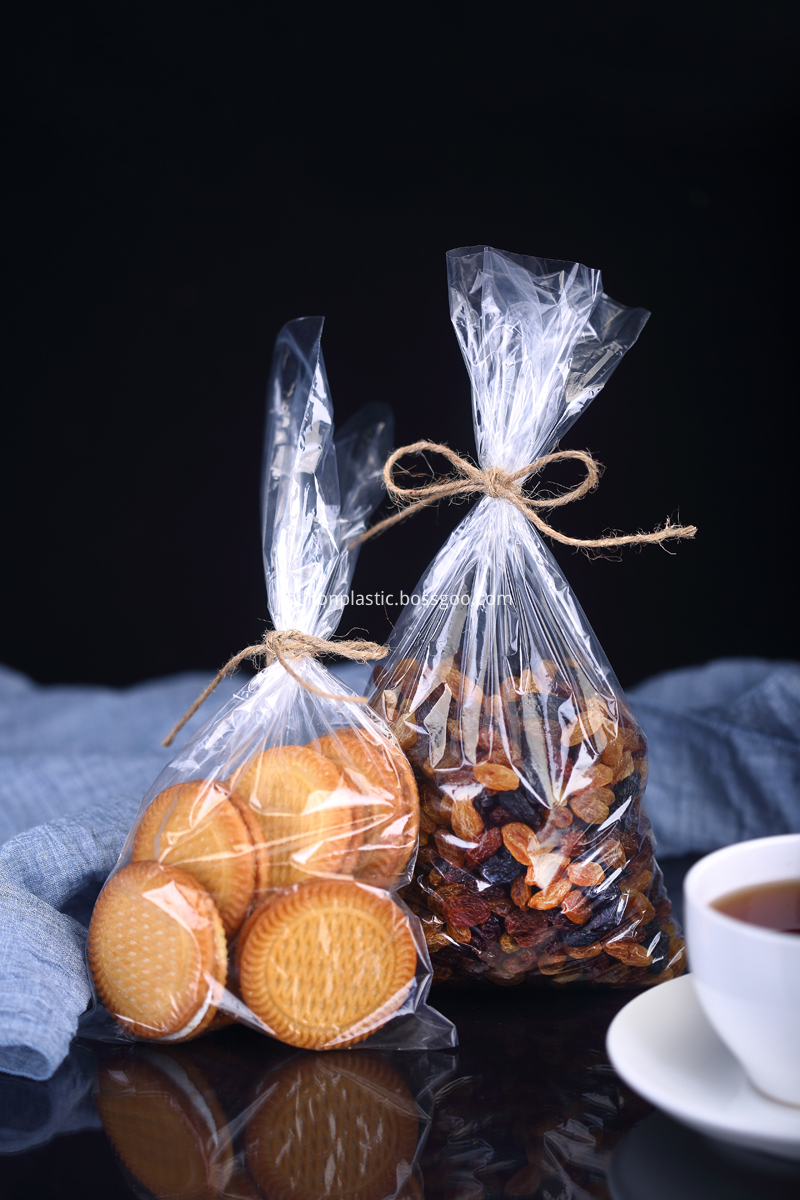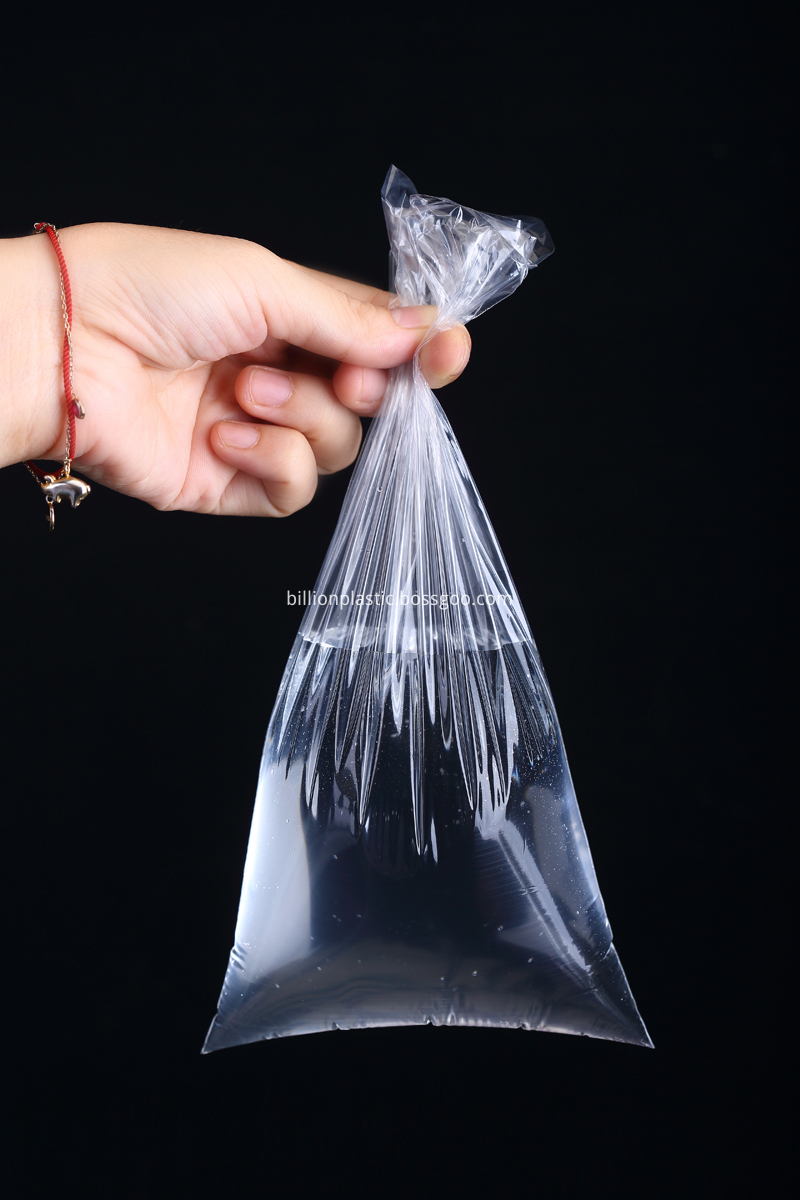Corrosion drilling can show its unique advantages when drilling small holes in hard materials. Even electrodes with a diameter of only 0.1 mm can be easily, precisely and with high quality. Depth-programming software can also be used to influence the size depth and corrosion characteristics during drilling.
Corrosion drilling has certain advantages over conventional drilling. For example, in conventional drilling, drill holes with a diameter of 1 mm or less have certain problems. The range of diameters is 0.1 to 3 mm (in special cases the diameter can even reach 10 mm), at which point the corroded borehole can completely replace the mechanical drilling. Because conventional drills can break, wear, or require grinding, corroding boreholes can save a lot of time and money.

Figure 1 Apos 800 CNC Corrosion Drilling Machine with Mineral Casting Machine Base and New Drive and Control Technology
EDM machining guarantees extremely high accuracy in terms of bore diameter, verticality and cylindricity, surface quality, and flatness. Even hardened metals can be corroded. Moreover, it is possible to avoid the possible quenching deformation of the hardened plate after conventional drilling. Any type of conductive material can be processed, even for tungsten, titanium, Inconel, Hastelloy, stainless steel alloys, and foreign products such as molybdenum.

Figure 2 Nozzle of diesel engine
Corrosion drilling (see Figure 1) is mainly used for molds, tool manufacturing, aerospace, machinery and equipment manufacturing, glass industry, automotive industry and medical technology (Figure 2, 3, 4). The main applications include drilling, nozzle drilling and gas drilling. For example, in the casting mold of the automotive industry, cooling drilling of plastic molds, vacuum drilling or exhaust drilling, cooling drilling and cooling drilling on turbine blades. High quality, low cost and high efficiency are the processing standards. The Heun Corrosion Drilling Machine has a diameter depth ratio of 700 × D. Electrodes with a diameter of 0.1 to 6 mm can be used. The electric erosion rate can reach 60 mm/min or 65 mm/min when machining steel and stainless steel. When machining aluminum or titanium Up to 200 mm/min.
The drill hole that enters the surface of the workpiece using the electric drill is very steep and can be precisely controlled even without accurate drilling depth data. We have developed a system that can detect electrode burn-through regardless of electrode wear. Measure can be taken through the machine's control device to influence the depth of hole depth and electric corrosion characteristics during the subsequent drilling process. .

Fig. 3 Injector with 200mm long erosion through the borehole
Many users are aware of the problems caused by the process, that is, the electrodes are subjected to different degrees of wear during electrical erosion, making it difficult to achieve accurate repeatable depths of corrosion. In addition, the conditions of the electroerosion process change radically during burn-through, causing the time required for the 2-3 mm continuous feed to take place on the galvanic axis as long as it takes to drill a hole 100 mm deep. This will have a certain influence on the accuracy of the diameter of the drilled hole, as well as the influence of the geometry of the electrode on the conical body and the circular motion.
Heun, a professional manufacturer of electroerosion drilling, has found a way to minimize these problems. The original question was from turbine blade manufacturing. Well-known turbomachinery manufacturers use the Heun system to process cooling air holes at extremely steep inlet and outlet angles on turbine blades. This task is to ensure the penetration of the drill hole in the absence of material thickness, and must not damage the back wall close to the back. It is impossible to accomplish this task with the kind of deep programming that is usually used.

Figure 4 Burn-through identification device is responsible for achieving accurate eroded depth at extremely steep entrance and exit angles without damaging the back wall against the back.
The newly developed Apos series machine program debuted at AMB. The higher requirements put forward by the customer, especially on the longer travel, 5-axis machining, and precision-required machine tools, prompted Heun to design a module-structured, specially developed bed made of mineral concrete. The advantages of this new type of drive and control scheme are: better thermal stability, higher mechanical rigidity, stronger support, and insensitivity to vibration.
The original highly user-friendly interface of the Apos series machines has been further enhanced through the redesign of the machine tool. The control unit and the generator are located in two separate switch cabinets. This is a compact machine with a small footprint. The new casing made of stainless steel meets the highest safety standards and can even be used as an oil tank option for water bath machines or oil bath machines.
Side Sealing Flat bags are made from Food Grade Virgin material. environmentally friendly and hygienic. They are water-proof, Moisture-proof, strong toughness, tear resistance, good for storage and usually for packing sugar, biscuits, candy, coffee bin, fruits , drinks or other foods. Normally width from 3 inch to 12 inch. Length from 7 inch to 22 inch. Material could be in HDPE or LDPE.


Flat Poly Bag, Flat Plastic Bag, Side Sealing Bag, Side Seal Bag, Four Side Seal Pouch, Side Sealing Plastic Bag
BILLION PLASTIC MANUFACTURING CO.,LTD, JIANGMEN , https://www.jmfoodpackagingbag.com